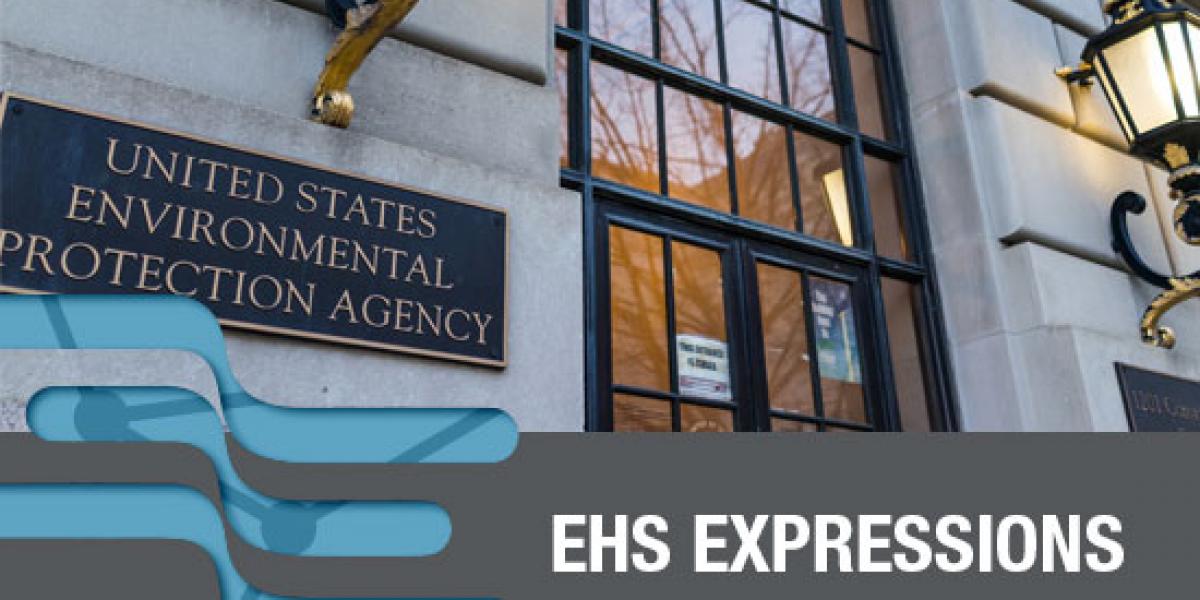You are here

On 22 June 2018, the U.S. Environmental Protection Agency (EPA) published a news release titled "EPA Celebrates New Chemical Safety Milestones on 2nd Anniversary of Lautenberg Chemical Safety Act." The Toxic Substances Control Act (TSCA), as amended by the Frank R. Lautenberg Chemical Safety for the 21st Century Act, conferred new responsibilities and authorities on the agency, which include complying with statutory deadlines as a means of increasing public confidence in the nation's chemical management and safety activities. So far, EPA has shown strong commitment to implementing the new TSCA, and it is reasonable to expect the agency to follow through on its statutory obligations.
On 22 June 2016, the Frank R. Lautenberg Chemical Safety for the 21st Century Act was signed into law and immediately entered into force to amend TSCA. The new law reformed and updated the nation's premier chemical management law.
Today, new milestones were reached in the implementation of the new TSCA:
- The new act has modernized the statute by moving away from vertebrate animal testing, and promoting the development and implementation of alternative test methods. In this context, EPA published a document today detailing the agency's recommended strategy and approach to reducing animal testing, and a list of alternative test methods and strategies (or new approach methodologies - NAM).
- EPA released a pre-publication of a final rule titled Mercury; Reporting Requirements for the TSCA Mercury Inventory (docket number EPA-HQ-OPPT-2017-0421). The rule, as mandated by section 8(b)(10)(D) of TSCA,will require manufacturers, importers and processors of mercury or mercury-added products to conduct reporting activities with the overarching objective of developing a chemical inventory for these products.
- Guidance documents and polices were also updated for sharing access of confidential business information (CBI), assigning unique identifiers to protect CBI, and developing structurally descriptive generic names for CBI substances.
By 22 June 2017, EPA had completed the following milestones:
- Published three TSCA framework rules:
- Prioritization Process Rule;
- Risk Evaluation Process Rule; and
- TSCA (Active-Inactive) Inventory Reset Rule.
- Announced the first ten chemicals to undergo risk evaluation, along with the publication of their scope documents and problem formulation documents. Industry may expect final risk evaluations to become available in December 2019;
- Requested comments on publication for the approach EPA will use to systematically review scientific data submitted to the agency's attention;
- Published a guidance document for section 5 notification submitters to better understand how EPA conducts new chemical reviews and how to best maximize efforts during the submission process;
- Proposed a first-ever asbestos notification rule under the authority of section 5(a)(2) to prevent new uses of no-longer ongoing asbestos;
- Proposed a fees rule as means of establishing a sustainable source of funding for TSCA-related activities; and
- Allegedly decreased the number of backlogs of new chemical substances to be reviewed by the agency.
Next steps under TSCA include:
- Processors’ reporting exercise to finalize the active-inactive designation of inventoried substances - due 5 October 2018;
- Mercury reporting requirements - due 1 July 2019 for the 2020 reporting cycle; and
- Publication of final risk evaluations - due December 2019.

 Top
Top